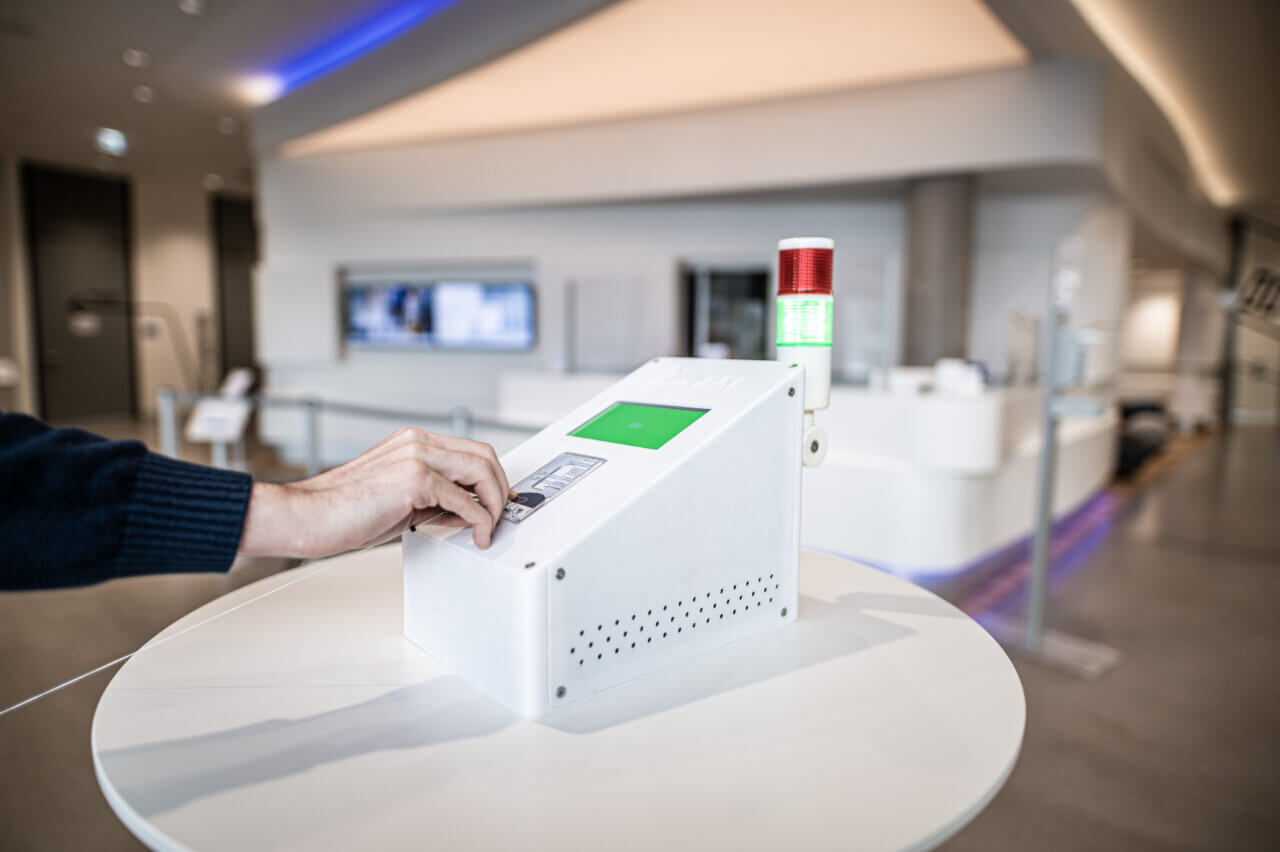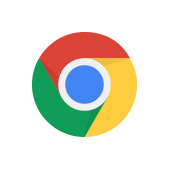It is nothing new that Corona requires special measures and creativity. But a team of experts from ZAL GmbH has once again shown itself to be agile and inventive with a demonstrator that was created within three days.
When the new 2G regulations for company cafeterias were issued in November, the ZAL crisis team called on the engineers to design an automated solution. Especially at peak times, the 2G check in the ZAL restaurant has to be carried out by two people who scan the vaccination certificates with the CovPass app and check the names of the canteen visitors with the ZAL ID card or identity card. This is tedious and involves high labor costs. A nice mechanical task thought the ZAL automation experts …
Can’t this be built as a small ready-made box?
A device that automatically checks the access with the QR code of the vaccination certificate and a ZAL ID card or photo ID, that was the idea of the automation team. A public admission point where ZAL partners can access the ZAL restaurant with vaccination certificate code and ID. Although the team’s work is especially difficult because of Corona, the experts managed to get the ZALguard checking station up and running within three days.
With ZALguard, ZAL GmbH threw its broad interdisciplinary know-how into one pot. From many ideas and approaches, experts from the fields of automation, additive manufacturing, and data & power networks built the ZALguard box: The housing is 3D-printed, hardware construction, camera setups, and programming are a team effort of automation experts and programmers.
How does the ZALguard work?
The ZALguard consists of a 3D-printed box. At the top is a display and at the bottom is a cutout for the QR code and the ZAL badge (or ID card). Below the badge window are a camera and a small mirror for optics. The camera can process anything that people put on it. Scanning the QR code works similarly to the CovPass app. The certificate data from the QR code is sent to the RKI, whose database then answers the status question, i.e., determines whether the vaccination certificate is valid and sends the name for matching. This is then compared with the ID card. In this way, ZAL does not have to process the data itself, also for reasons of data protection. ZALguard, therefore, does not check the data electronically but image-based. Thus, the data is not stored, only the ID card is checked. If the certificate is valid and the name matches, a green lamp lights up to indicate this.
What else needs to be solved?
However, this requires powerful hardware that does not consume a lot of power, works in a small space, and does not run over the large server cluster in the server room. The ZALGuard should work on its own. This is because to process the images (ID cards), a high level of graphics processing power is required. To this end, the team is currently experimenting with NVIDIA hardware and training neural networks to optimize the hardware. This is necessary to reduce the reading time of the ID cards (currently still 5 seconds) because an ordinary PC does not provide the required performance. Therefore, the experts have to combine hardware and coding in a more optimized way. ZALguard is still an experiment to address challenges such as poor cell phone displays, QR codes on wrinkled paper, or faded ID cards. ZALguard also can’t yet verify paper vaccination cards. But it is constantly evolving.
What’s next?
There is not yet a comparable inspection station like the ZALguard on the market. After the experimental phase with the ZALbadge, the team now wants to enable matching with photo ID and QR code. The next step will be a ZALguard for ZAL reception to relieve the staff of 3G checks and to add a light barrier for the check station at the canteen. That’s where the ZAL team is close while being open to your ideas and suggestions:
Contact:
Mark Etzold
Head of Automation
ZAL Innovation Services
+49 (0) 40 248 595-137





